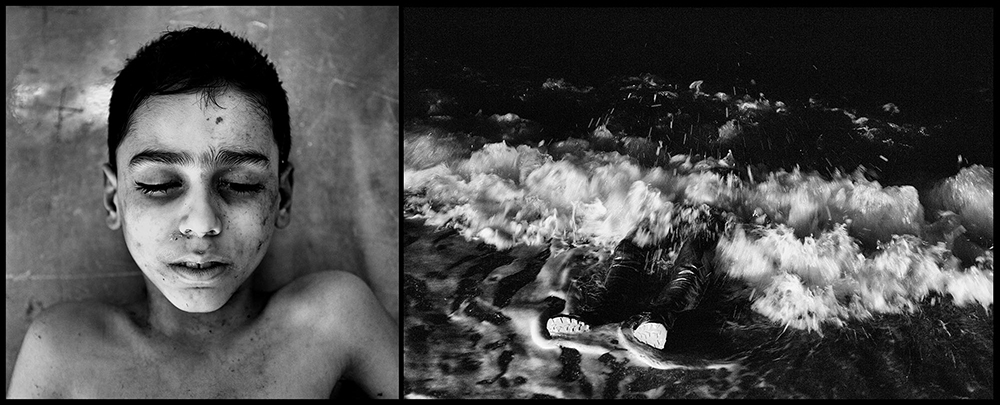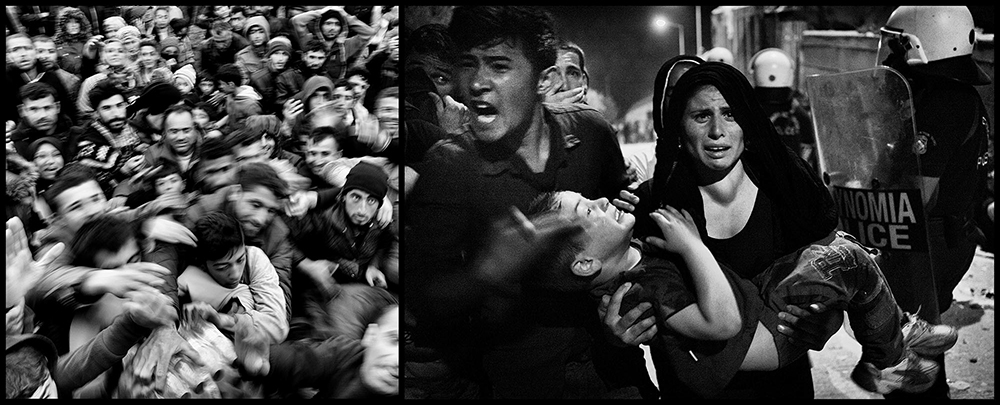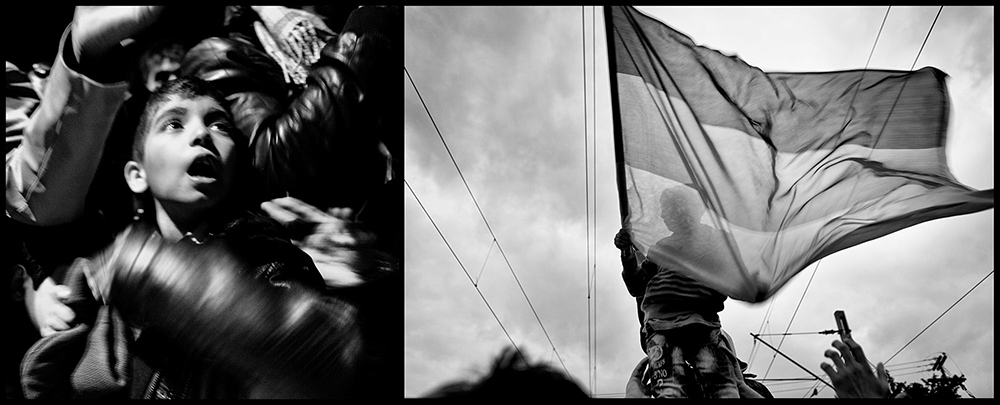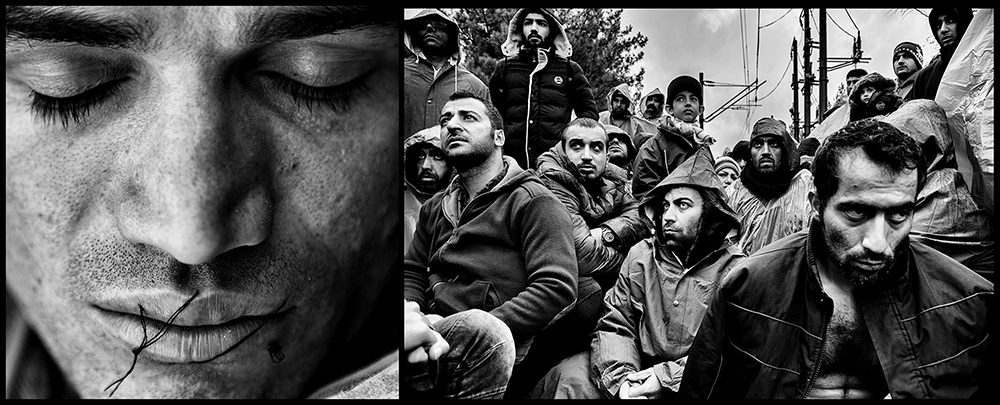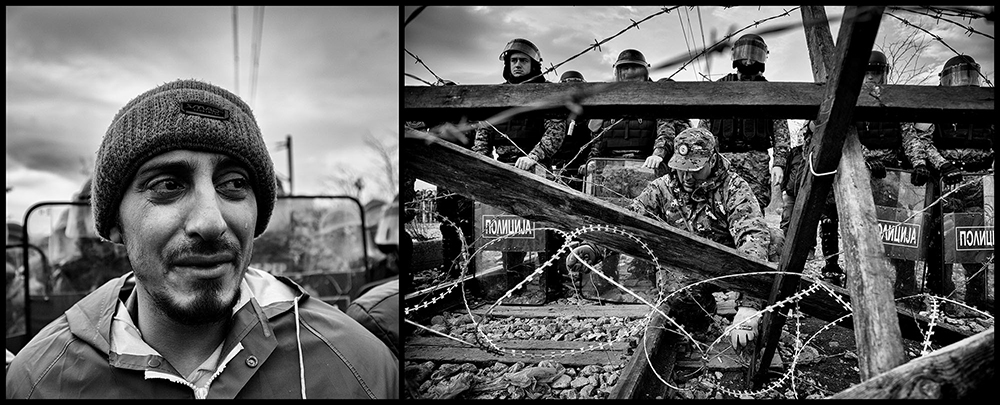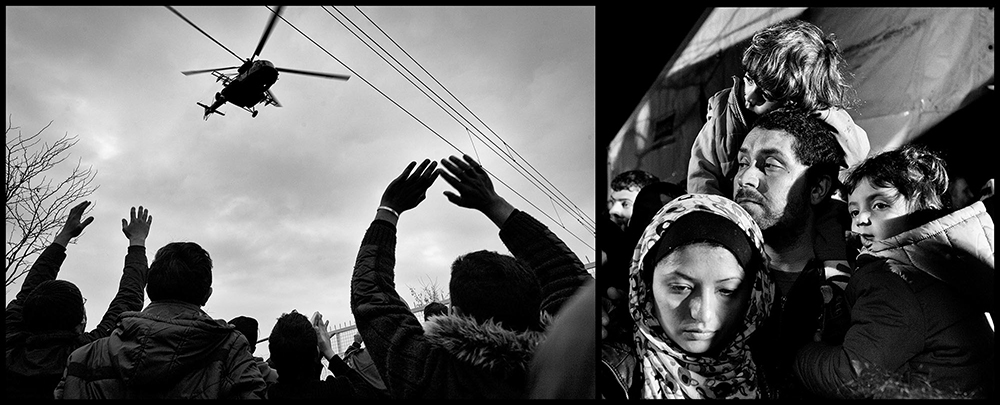Trapped
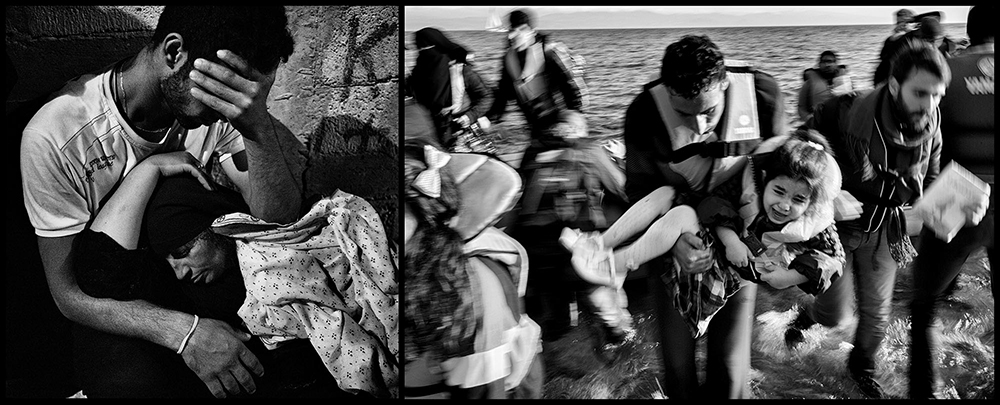
-
PhotographerNikos Pilos
Since 2009, Greece has been a point of entry and transit for two million migrants from Africa, Asia and the Middle East. Once the refugee crisis erupted this past summer, this number has expanded exponentially. Greece's severely troubled economy, porous borders, inadequate reception facilities, and ineffective asylum policies has created a tenuous environment for the country’s immigration officials and refugees. After escaping Syria, Afghanistan, and Africa, migrants/refugees attempt the dangerous sea crossing from Turkey to the eastern Aegean islands, usually arriving in Kos or Lesvos. Many migrants have lost their lives making the perilous crossing. In what has been described as the “worst refugee crisis since the Second World War,†approximately 3,000 people have died crossing the Mediterranean according to the U.N. refugee agency. However, there is no relief for migrants even when they survive the deadly journey to Europe. They still risk beatings and tear gas filled clashes—usually due to delays in the registration process—from border control law enforcement during their long arduous journey by foot under extreme weather conditions to reach northern Europe. Now, they can not travel beyond Greece, as border control has tightened up in fear of migrant invasion and terrorism. They are trapped. In February 2016, FYR Macedonia erected a second fence becoming the 12th country—along with Bulgaria, Serbia, Croatia, Slovenia, Austria, Hungary, Estonia, Ukraine, Spain and Turkey—in the European continent to fortify its border joining Greece. As Europe seals its borders by building razor-wire fences to block the influx of migrants, xenophobia and nationalism poisons the open borders policy and the “democratic†values of Europe.
